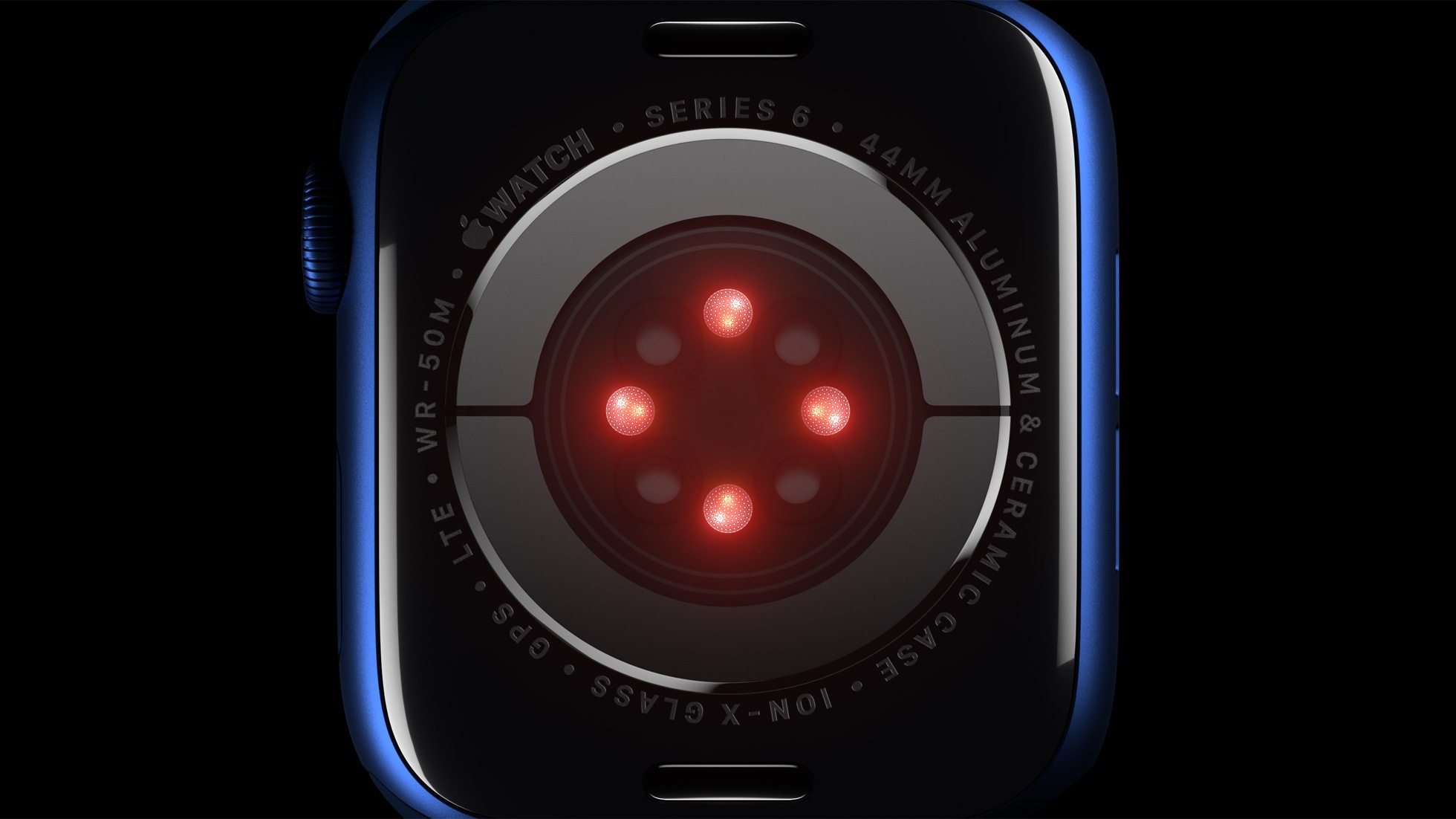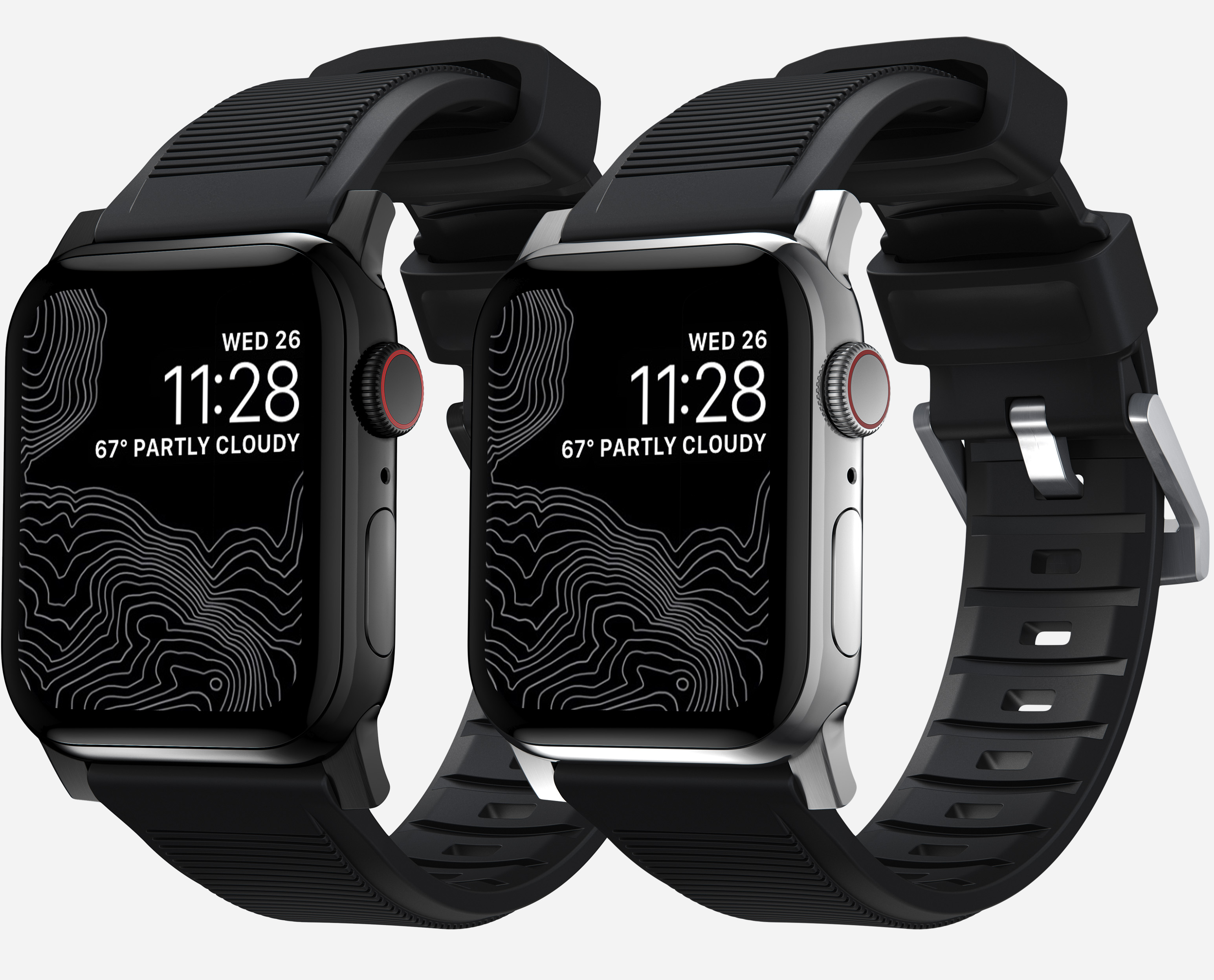Apple introduced the Apple Watch Series 6 and more on Tuesday evening. The popular smartwatch comes with a new sensor that allows the oxygen level in the blood to be measured. But in which countries will the feature be available at launch?
When the Apple Watch Series 4 premiered, the ECG function was not activated in all countries. The reason for this was regulatory requirements that Apple was only able to meet gradually. But what about the blood oxygen monitoring function today? Apple itself did not comment on this on the evening of the event. But that has now changed. According to Apple's official "Apple Watch Feature Availability" website, the new function is available in more than 100 countries, including Germany, Austria and Switzerland. Accordingly, there do not appear to be any health-related regulatory problems in this case.
Apple Watch Series 6: More for your health
Measuring blood oxygen on Apple Watch Series 6 is done through the new Blood Oxygen app. It uses a series of red and green LEDs and infrared light to measure the amount of light reflected from the skin, with advanced algorithms using this data to calculate the color of the blood to derive blood oxygen levels. Bright red blood has more oxygen, while dark red blood has less oxygen. Apple commented on the issue as follows: follows:
Apple Watch Series 6 expands on the health features of previous Apple Watch models with a new feature that conveniently measures the oxygen saturation of the user's blood, allowing them to better assess their overall fitness and well-being. Oxygen saturation, or SpO2, represents the percentage of oxygen carried by red blood cells from the lungs to the rest of the body, and indicates how well this oxygen-rich blood is being transported throughout the body.
In addition to the new health function, the sixth generation of the popular smartwatch offers a quick-charge function, the U1 chip and a faster processor as well as a 2.5 times brighter display. The device can now be pre-ordered from Apple starting at 418.15 euros. Delivery begins this Friday. (Image: Apple)





